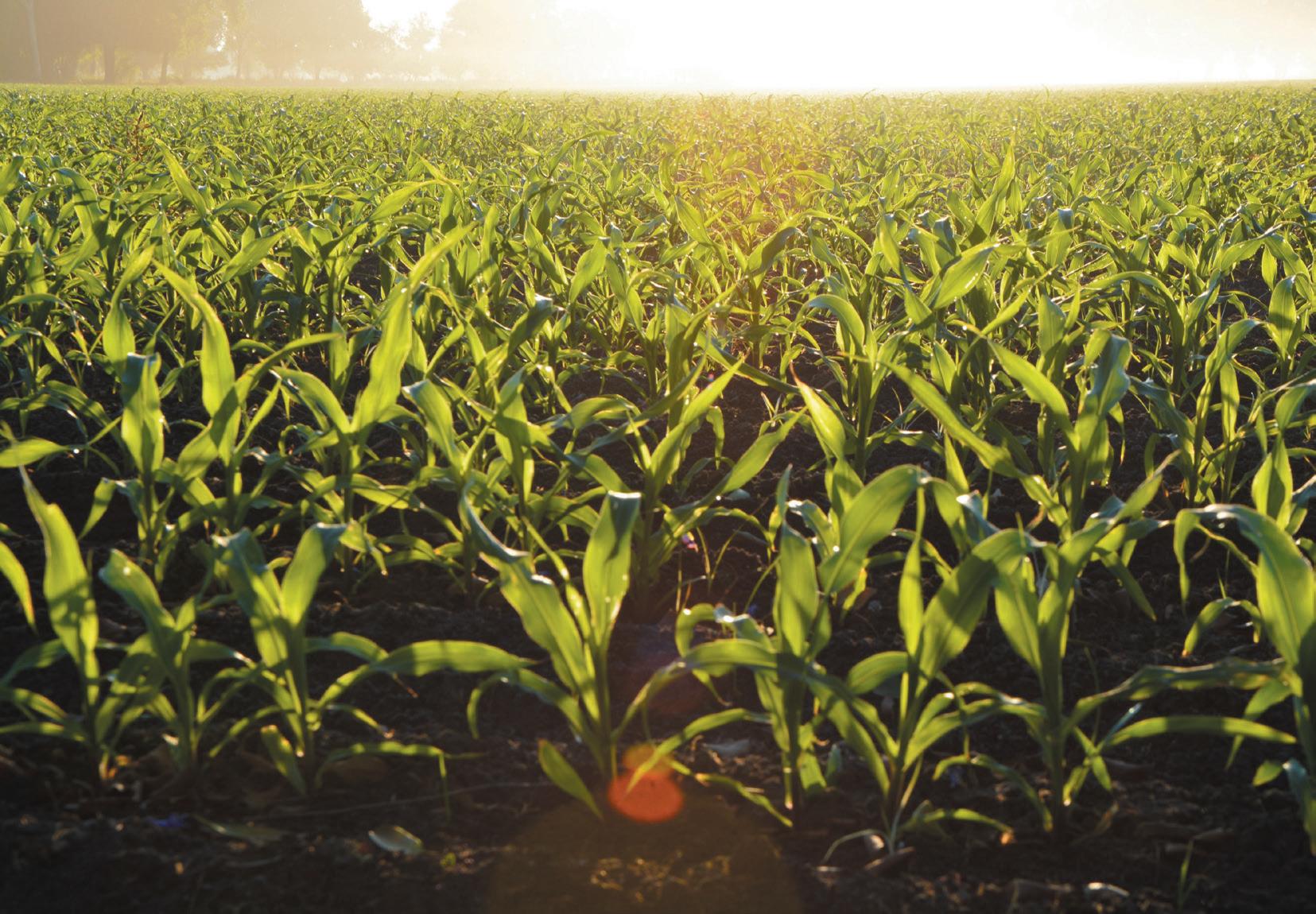
4 minute read
COVID surge in rural America
By Tom C. Doran
AGRINEWS PUBLICATIONS
WASHINGTON — The rate of confirmed COVID-19 cases shifted from large metro areas to rural counties in late fall.
The U.S. Department of Agriculture’s Economic Research Service released its annual “Rural America at a Glance” focused on pandemic-related conditions and its impact on the rural economy.
The virus arrived in the United States in early winter and spread quickly in major metro areas. Despite some spread beyond major metro locations, cases remained centered on urban areas over the next several months, according to the report.
In May and June, the rate of new COVID-19 cases declined in large metro areas and stabilized in smaller cities and rural areas, only to surge again in July. This time, the surge
See COVID, Page 11

Get the financial solutions you need to achieve the success you deserve.
Lending: Land Equipment Crop Inputs




PNB NMLS # 462098
Peoples National Bank of Kewanee, 207 N Tremont St & Southtown, Kewanee, IL 61443 Also serving you in Annawan • Bradford • Dwight • Manlius • Seneca • Sheffield • Tampico We’re always open at www.pnb-kewanee.com
FROM PAGE TEN involved rural areas, as well as large metro areas.
More notably, when the weekly case rate subsequently declined in large metro areas in August and September, the decline was echoed only partially in rural areas.
In the most recent surge beginning in late September, the highest incidence rate for new infections was in completely rural counties, while the lowest was in major metro areas.
Rural areas represent 14% of the U.S. adult population and had about 14% of total confirmed COVID-19 cases and 11% of all deaths from March through Nov. 1. However, the rural share of cases and deaths increased markedly over time as the virus spread.
In the three weeks leading up to Nov. 1, rural residents accounted for 21% of new cases. COVID-19 deaths became even more concentrated in rural areas, with rural residents accounting for 27% of the nation’s deaths from COVID19 during the last three weeks of October.
The rural population appears to be more vulnerable to serious infection in several ways. The Centers for Disease Control and Prevention identified two personal characteristics of people highly vulnerable to the coronavirus: old age, especially very old age over 75; and the presence of underlying health problems.
People may also be more vulnerable when they have difficulty accessing health care, measured in the study as lacking health insurance and residing far from hospitals. In each case, rural residents are much more likely to live in a high vulnerability county, the top 20% of all counties, than are metro residents.

UNEMPLOYMENT RATES
In March and April, U.S. unemployment rates rose to levels not seen since the 1930s. Rural unemployment peaked at 13.6% in mid-April, which was one point lower than in metro areas, and fell to 6% by mid-September.
The spread of the pandemic varied across rural counties, shaped in part by their dominant economic sector — for example, recreation or manufacturing-dependent.
In rural counties with a high proportion of jobs in meatpacking operations, COVID19 cases peaked at the end of April at nearly 50 per 100,000 population, compared with roughly 5 per 100,000 in other rural counties.
Even though cases in meatpacking-dependent counties started to decline in May, they remained significantly higher compared to other rural counties, falling to just under 7 times the number of average daily cases per 100,000 population by the end of May.
Partial plant closures and increased social distancing protocols were implemented at meatpacking plants across the country starting in late May. These measures appear to have slowed infection rates, as June saw a sharp reduction in cases in meatpacking-dependent counties.
Tom C. Doran can be reached at 815-780-7894 or tdoran@agrinews-pubs.com. Follow him on Twitter at: @ AgNews_Doran.

Farm Management - Consulting Real Estate Brokerage Farmland Auctions




CallmeonhowIcanassistwithyouragriculturalneeds TimothyA.Harris,AFM
ManagingBroker, ILLic.Auctioneer#441.001976,Princeton,IL 815-875-7418 timothy.a.harris@pgim.com


www.capitalag.com

WE HAVE
YOUR BACK!
You need a farm insurance agent that knows the area and your individual needs. We have protected area farmers for decades with quality insurance coverage and friendly, local service.
GIVE US A CALL TODAY
Jud Scott - ext. 1607 Erika Robbins - ext. 1603 Pete Mangold - ext. 1614
AMBOY 815-857-3966 OHIO 815-376-2954 PRINCETON 815-875-4404



Follow Us on Facebook: facebook.com/dimondbros






